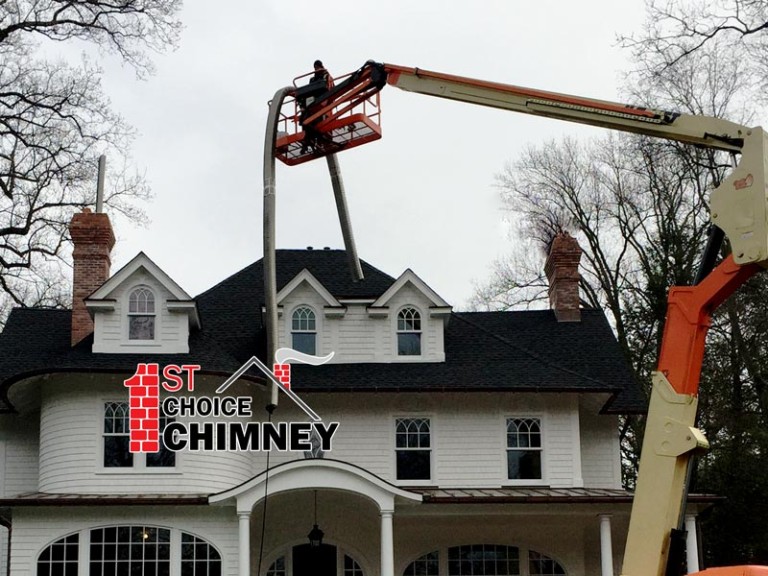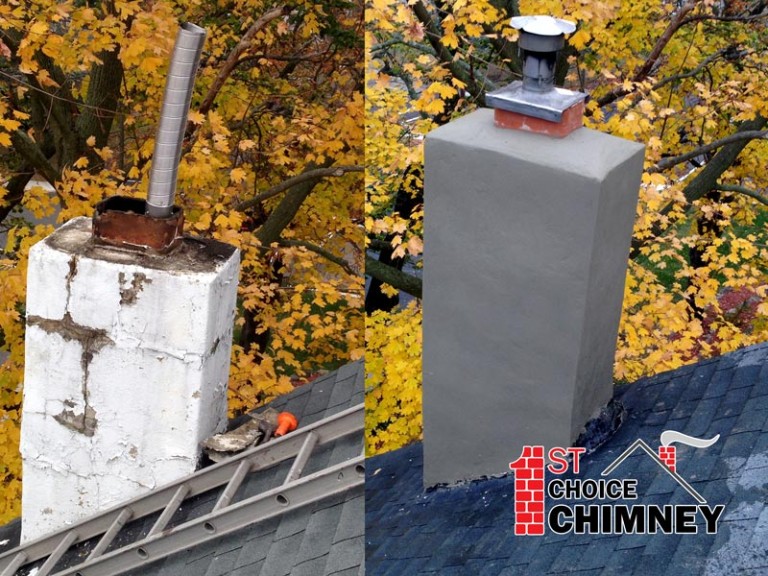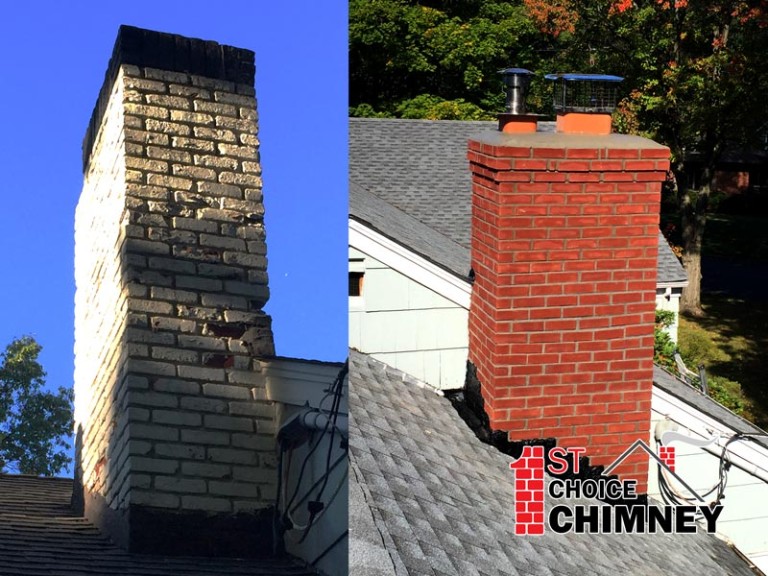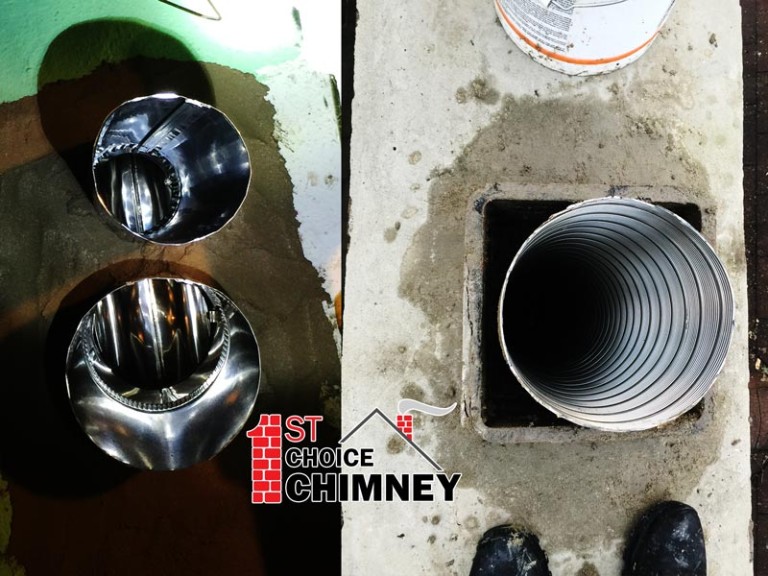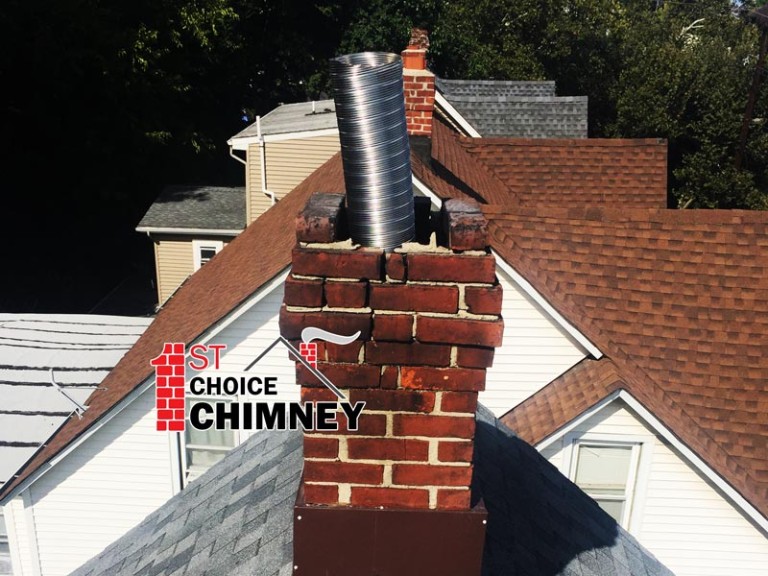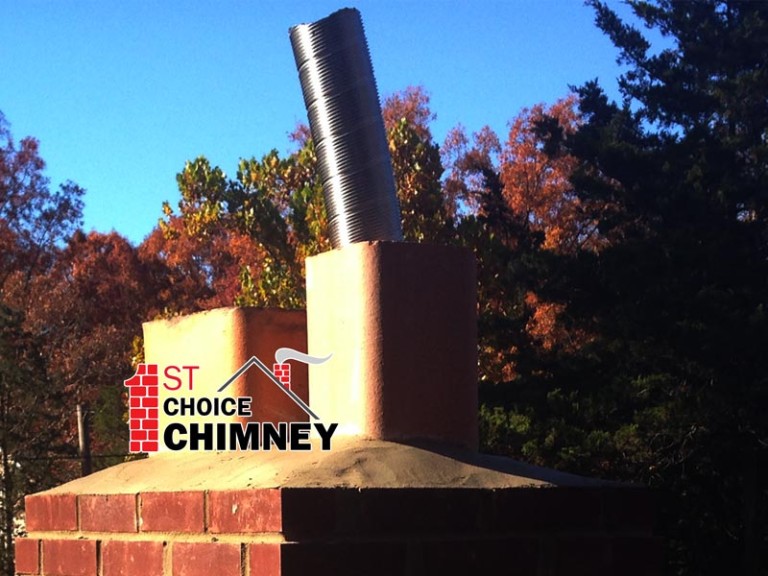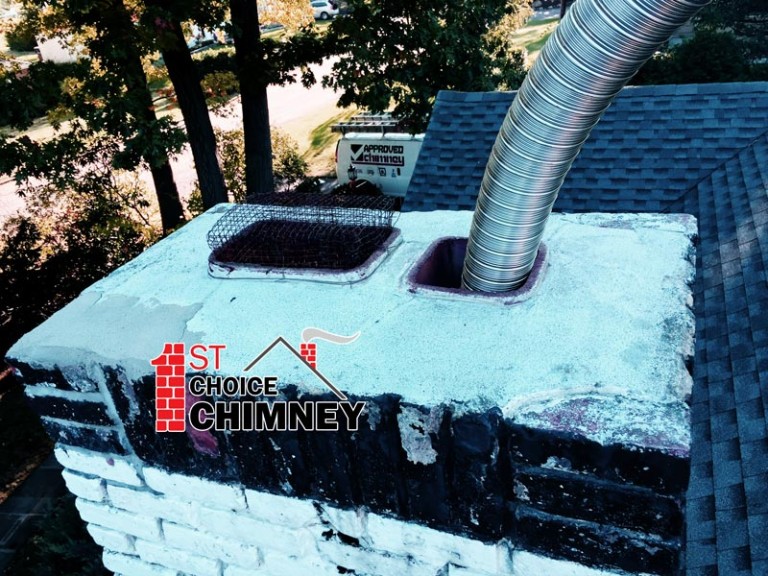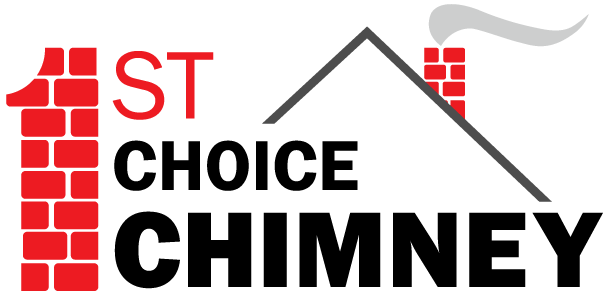Thermocrete chimney lining service
Thermocrete Chimney Lining Service offers a superior, durable solution for chimney repair and energy conversion. Utilizing a ceramic technology, Thermocrete effectively seals holes and cracks, bolstering the chimney’s structure. It facilitates straightforward conversions to natural gas, with an installation process that’s efficient, environmentally friendly, and maintains the original flue diameter, all without the need for significant construction.
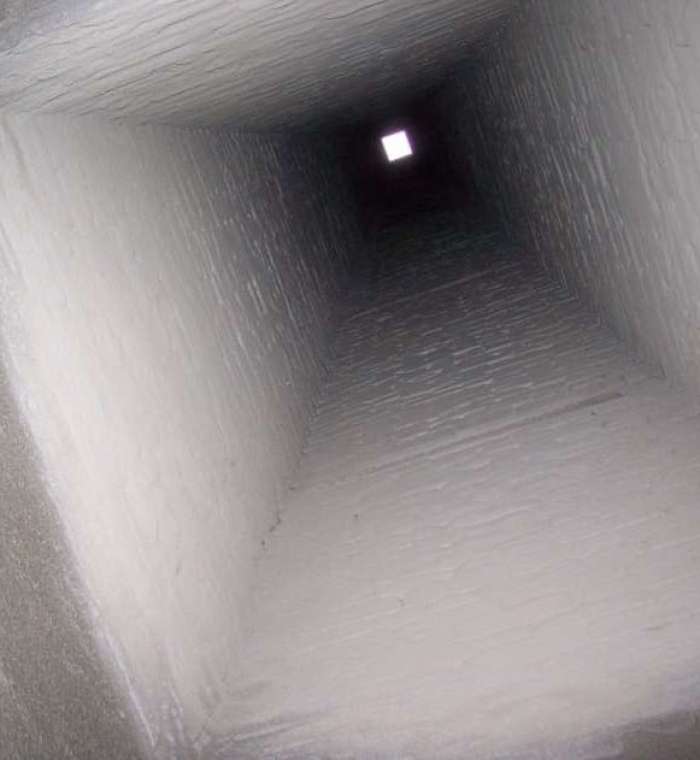
Why Thermocrete Chimney Lining Service?
The Thermocrete Chimney Lining Service delivers a premier solution for enhancing the safety and functionality of your chimney. It combines cutting-edge materials and expert techniques to ensure a robust, long-lasting upgrade that optimizes performance and protects your home, making it an excellent choice for comprehensive chimney care.
Thermocrete chimney lining service delivers an airtight seal that significantly reduces the risk of hazardous gases leaking into your home, enhancing indoor air quality and safety.
Utilizing corrosion and temperature-resistant materials, the Thermocrete Chimney Lining Service prolongs the life of your chimney, providing long-lasting protection against structural damage.
Thermocrete Chimney Lining Service increases the effectiveness of your heating system, which leads to better airflow and less heat loss, by maintaining ideal flue gas temperatures.
Compatible with various heating systems including gas, oil, and solid fuels, the Thermocrete Chimney Lining Service offers flexibility for upgrading almost any existing chimney setup.
Compared to traditional methods, the Thermocrete Chimney Lining Service is more economical, offering a quicker, cleaner, and more affordable solution to chimney maintenance.
Commercial Building Benefits with Thermocrete Chimney Lining Service's Easy Installation
Thermocrete Chimney Lining Service is renowned for its affordability and simplicity in installation, making it a preferred choice for numerous commercial properties. Suitable for buildings up to 225 feet in height and varying in structure—from apartment complexes to power plants—Thermocrete ensures a seamless fit with its versatile application.
Thermocrete Chimney Lining Service is widely chosen across diverse commercial architectures for its efficiency and reliability. From the bustling environment of apartment buildings to the critical operations of hospitals, Thermocrete ensures safety and performance. It extends its benefits to hospitality venues like hotels, modern office buildings, and even the demanding infrastructures of power generation plants. This versatility makes Thermocrete an indispensable solution in the commercial sector, safeguarding structures and ensuring compliance with safety standards across a broad spectrum of building types.
Thermocrete Chimney Lining Service stands out in the commercial sector with its impressive capabilities, designed to accommodate a variety of building dimensions. It can handle heights of up to 225 feet and supports structures with dimensions as large as 4 feet by 4 feet square or 5 feet in diameter. This capability ensures that Thermocrete can be effectively applied in both compact and expansive commercial environments, making it a versatile choice for a wide range of architectural demands.
Thermocrete Chimney Lining Service enhances the efficiency of chimney maintenance for commercial buildings. By applying its robust sealant, the service reduces the frequency and complexity of repairs, streamlining maintenance activities and minimizing disruptions to daily business operations. This ensures a more efficient upkeep process, saving time and resources for property managers and owners.
Thermocrete chimney lining service helps to dampen sound, providing a quieter environment within commercial buildings. This feature is especially beneficial for facilities like hotels and hospitals, where a quiet atmosphere is crucial for the comfort and well-being of occupants.
Thermocrete Chimney Lining Service provides standout commercial advantages, making it an exceptional choice for any brick-and-mortar building with clay liners. Its certification under rigorous standards ensures both reliability and high quality. Additionally, Thermocrete’s ceramic composition offers unmatched resistance to corrosion, acids, and other harsh substances, outperforming traditional stainless steel. This makes it a durable and efficient solution for safeguarding commercial infrastructures against common chimney issues.
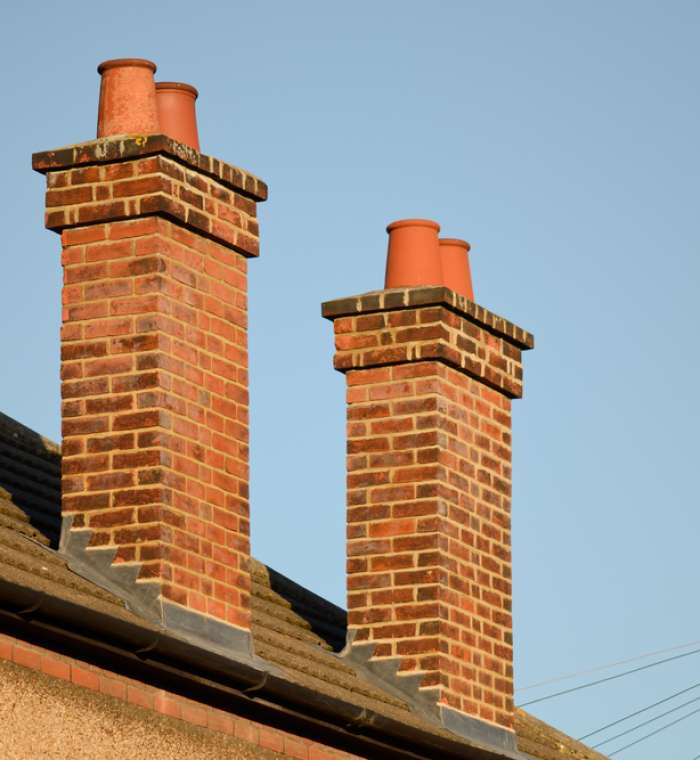
Thermocrete
1
There are many benefits of choosing Thermocrete Ceramic Flue Liner over a steel liner, including:1
- Minimal intrusion for residents/tenants
- Significant cost savings
- Quick installation time
- Environmental compliance
- Resistance to corrosion from the elements
- Minimal downsizing of flue area
- Ceramics will not corrode like stainless steel.
- Impervious to acids, sulfurous emissions, chlorides and creosote 1
Thermocrete is Approved/Certified in NY and was listed with Warnock Hersey in 1999, then relisted in 2012 by Guardian Test Labs per ULC-S635. 1
Affordable and easy to install, Thermocrete has been the top choice by many commercial buildings.1
Types of buildings:
- Apartment buildings
- Hospitals
- Hotels
- Office buildings
- Power generation plants1
Commercial capabilities:1
- 225 feet in height
- 4 feet x 4 feet square
- 5 feet in diameter1
Commercial Benefits:
- Suitable for any type of commercial applications built of brick and mortar and clay liners.
- Thermocrete is Approved/Certified in NY and listed with Warnock Hersey in 1999, and relisted in 2012 by Guardian Test Labs per ULC-S635.
- Ceramics will not corrode like stainless steel
- Impervious to acids, sulfurous emissions, chlorides, and creosote 1
Frequently Asked Questions 1
1. Can any chimney professional use Thermocrete Ceramic Flue Liner?1
Thermocrete Ceramic Flue Liner can only be installed by a factory-trained technician. All installers are required to attend a comprehensive Thermocrete training program. Each applicant is thoroughly screened prior to being accepted into our training program. Companies seeking certification bring their team of experienced chimney professionals to our facility for three days of intensive training on specialized equipment. After successfully completing the training, they receive official certification, assuring you that they are an authorized Thermocrete installer.1
2. Can Thermocrete repair a chimney-fire damaged tile liner? What are the limitations?1
Yes, Thermocrete does repair heat-damaged clay tile. It fills cracks, binds tile together, closes eroded tile joints, and provides a heat-diffusing barrier that renders the total liner better than it was when it was first installed. Tests show that a Thermocrete-repaired broken tile liner is gas-tight, remains intact during normal (sub-1200F) use, and is 99% less likely to re-crack during elevated chimney-fire temperatures of 1200-2100F. Thermocrete will fill normal masonry joints, but for fire-damaged tile repair, only liners with no more than 1/8″ cracks be candidates for Thermocrete. If tiles are broken apart, loose, or missing, you can’t use Thermocrete. If tiles have holes larger than 1 inch in them or gaping cracks, you must not use Thermocrete.1
3. What about the need to downsize for many gas and oil applications?1
This is an occasion that would require a different type of liner than Thermocrete. The advantage of Thermocrete in most cases is that it does NOT substantially downsize the flue.1
4. Is Thermocrete a zero-clearance liner?1
Thermocrete is not tested as a zero clearance liner for solid fuel. Thermocrete possesses minimal insulation qualities and instead works by dispersing heat in a unique way1
5. Has Thermocrete passed any official tests or certifications? What about U.L.? 1
Yes. Thermocrete has undergone extensive testing by Ceram Research and Warnock Hersey / Intertek Testing Services. It was originally listed to the applicable sections of UL 1777 by Warnock Hersey in 1999 (#J99001572-231) then reevaluated, listed and labeled by Guardian Fire Testing Laboratories in 2011 to UL 1777 and ULC S 635 as a liner for Gas and Oil(GL90811/FI19311). Thermocrete is also in compliance with NYS Building Code MC 801.16, item 3 and FGC 501.12, item 3. See the Thermocrete technical data sheet for more information.1
6. How will Thermocrete stand up to brushing during chimney cleaning, especially with flat-wire brushes?1
Thermocrete stands up very well to normal chimney cleaning. No special care is needed during cleaning. Although Thermocrete is 5 times harder than cast-in-place liners and it has a remarkable capability for bonding firmly to chimney walls, however we do not recommend the use of rotary chains.1
7. How does installation of Thermocrete work in cold weather?1
The problems you may encounter in cold weather are primarily related to the application process, not the finished product. Whenever you are dealing with water in below-freezing conditions, there are precautionary measures that need to be taken, however, if done properly, Thermocrete can be sprayed in weather as cold as 20 F.1
One of the benefits of Thermocrete is that a few minutes after the end of spraying, many heating appliances can be fired to complete the cure, with no worries about plummeting nighttime temperatures.1
8. What about creosote wicking through tile liner cracks and remaining a hazard on the backside of existing tile?1
Actually, the quantity of creosote that works its way through small tile cracks is inconsequential. We have never seen a dangerous quantity of creosote on the backside of minimally cracked tile. With a liberal coating of Thermocrete in place, hot gases cannot penetrate the repaired tile to reach any creosote film. Thermocrete provides a heat-diffusing barrier to minimize temperature rise on the back side.1
9. How about eroded and spalled tile liners serving oil and gas appliances?1
Thermocrete is excellent in this situation. Since Thermocrete is only as good as the substrate it is applied to, you should brush and peel away all loose liner materials first. The liner should generally remain, at minimum; 3/8″ thick at most spots. Any holes should be backed closely by masonry walls or filled with refractory materials. The Thermocrete coating will then strengthen and bind together the old surface with a new acid-resistant and moisture-resistant seal.1
2014 Technical Data Sheet 1
See and save the Thermocrete Technical Data Sheet.1
Reference:
1.Thermocrete | Ventech Industries”. Ventech Industries. N.p., 2016. Web. 10 Apr. 2016.
FAQs
Have a question? We have the answers.
Only factory-trained technicians are authorized to install our Thermocrete Ceramic Flue Liner. We ensure that every installer goes through an intensive three-day training at our facility, equipping them with the necessary skills and certification to handle installations expertly.
Yes, Thermocrete is highly effective in repairing heat-damaged clay tile liners. It seals and binds tiles, restoring the integrity of the chimney. Note that it’s best used on tiles with cracks less than 1/8 inch wide; more severe damage might require alternative solutions.
Thermocrete is ideal as it generally does not reduce the flue size, which is crucial for many gas and oil appliances. It maintains the necessary diameter for effective venting.
Thermocrete is not designed as a zero-clearance liner for solid fuel applications. It provides minimal insulation but is effective in heat dispersal for specific setups.
Thermocrete has been rigorously tested and is certified under UL 1777 standards by Ceram Research and listed with Warnock Hersey. It complies with relevant building and fuel gas codes, ensuring it meets stringent safety and quality guidelines.
Thermocrete is durable against normal cleaning techniques, including the use of flat-wire brushes. However, we recommend avoiding rotary chains to maintain the integrity of the lining.
Installation in cold weather is feasible, with precautions to manage the water-based application process. Thermocrete can even be applied in temperatures as low as 20°F.
Thermocrete effectively minimizes the risk of creosote seeping through small cracks, providing a protective barrier that keeps your chimney safe and functional.
Thermocrete excels in repairing and reinforcing eroded or spalled liners, adhering well to the cleaned substrate to create a durable, acid-resistant, and moisture-resistant seal.
Our Recent Works
Project Gallery
